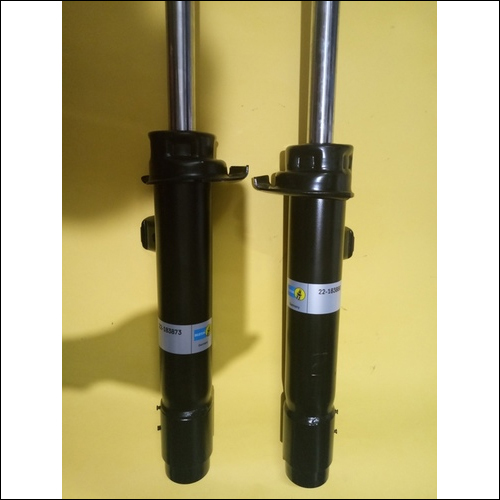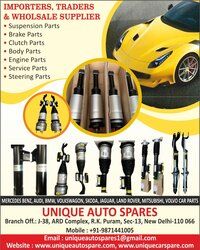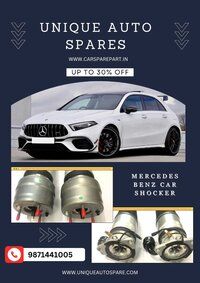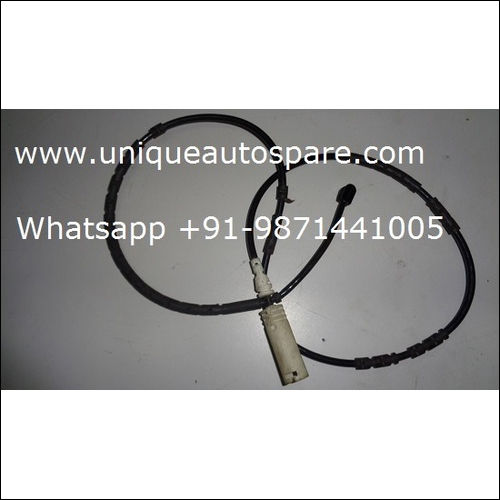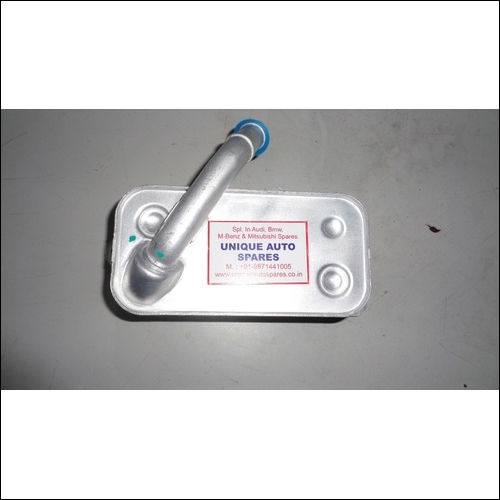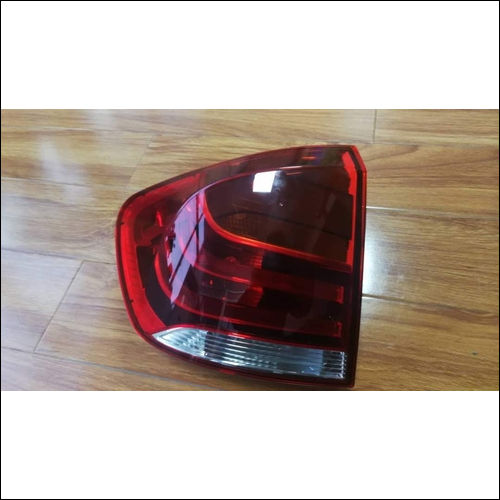BMW Car Shock Absorbers
Product Details:
- Warranty 1 yers
- Finish Good
- Color Black
- For Use In Automobile Industry
- Working Life 5 yers
- Model No 2018
- Product Type BMW Car Shock Absorbers
- Click to View more
X
BMW Car Shock Absorbers Price And Quantity
- 40 Set
BMW Car Shock Absorbers Product Specifications
- Steel
- 5 yers
- 2018
- BMW Car Shock Absorbers
- Automobile Industry
- Good
- Black
- 1 yers
BMW Car Shock Absorbers Trade Information
- 1000 Set Per Day
- 1 Days
- cardboard box and cover with sack
- All India
Product Description
BMW cars are known for their performance and driving dynamics, and the shock absorbers play a crucial role in providing that signature ride quality. Hereïs a brief overview of BMW shock absorbers:
1. Functionality:
- Shock Absorbers: They are part of the suspension system, responsible for controlling the impact and rebound movement of the vehicle's springs and suspension. This ensures a smooth ride and maintains tire contact with the road.
2. Types of Shock Absorbers:
- Standard Shock Absorbers: These are the basic type of shock absorbers found in most BMW models. They offer a balance between comfort and handling.
- Adaptive/M-Sport Shock Absorbers: Found in performance-oriented BMW models or as part of an upgrade package. These shocks can adjust their stiffness based on driving conditions, providing better handling or comfort as needed.
- Air Suspensions: Some higher-end BMW models, like the 7 Series or X5, may come equipped with air suspension systems that include air-filled shock absorbers, allowing for adjustments in ride height and comfort.
3. Aftermarket vs. OEM:
- OEM (Original Equipment Manufacturer): BMWïs original parts are designed to meet the manufacturerïs specifications and offer a driving experience consistent with what the car was designed for.
- Aftermarket: These are third-party shock absorbers that may offer different performance characteristics, often at a lower price. Brands like Bilstein, Koni, and Monroe are popular choices.
4. Maintenance and Replacement:
- Signs of Wear: Common indicators that your BMWïs shock absorbers may need replacement include excessive bouncing, uneven tire wear, or a rougher ride than usual.
- Replacement Intervals: Typically, shock absorbers can last anywhere from 50,000 to 100,000 miles, but this can vary depending on driving conditions and habits.
5. Performance Upgrades:
- Sport and Performance Shocks: BMW enthusiasts often upgrade to sport shocks or coilovers to improve handling, particularly for track use or spirited driving.unique Mptor,
Enter Buying Requirement Details
Other Products in 'BMW Car Parts Dealer' category
Back to top

